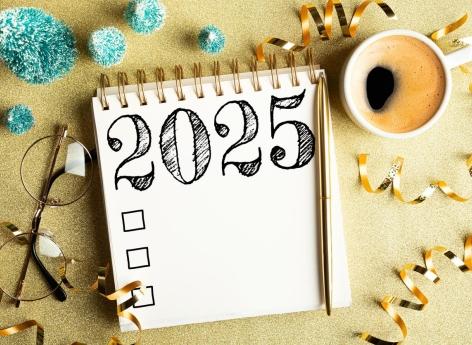According to new Japanese research reported by The Conversation, judging the personality of someone without knowing them solely from the appearance of their face is a very widespread tendency, even if these judgments are often inaccurate. Explanations.

- The phenomenon discussed in this article is a cognitive bias: a falsely logical reflex of thinking, generally unconscious and systematic.
- This cognitive bias is called the halo effect. It refers to the fact that the first impression of a person or thing is so positive or so negative that this representation is then only slowly or not at all adapted to reality.
- Because of the halo effect, a characteristic considered positive about a person or a group tends to make other characteristics of this person more positive, even without knowing them (and vice versa for a negative characteristic).
Imagine getting an interview for your dream job. You may prepare as much as possible and make every effort to present yourself, but once in front of your interlocutor, at first glance, he may have already decided whether you seem incompetent or untrustworthy.
Because, unfortunately, according to recent research Japanese universities, some people have a tendency to draw drastic conclusions about other people’s personality traits based on facial appearance alone. The Conversation comes back in a article on this trend.
Some systematically have extreme judgments at first sight
In a series of online studies with more than 300 participants, researcher Atsunobu Suzuki and his colleagues found what they call “face-based trait inferences(FBTI). Basically, subjects pre-judged a series of personality traits after taking a brief look at someone’s face. While most of us make this kind of judgment to a lesser To this extent, the researchers found that some people consistently make extreme judgments (both positive and negative.) This occurred even when participants’ age, gender, and ethnicity were controlled for.
For example, according to previous studies, some faces with “hard” eyes and masculine features tend to give the impression that the person is extremely untrustworthy. Others, with more feminine features and larger eyes appear to some as incompetent.
Unconscious bias is commonplace in the workplace
Several studies have already observed that unconscious biases are commonplace in decision-making regarding new hires. A 2018 study notably sent out separate versions of almost identical CVs to apply for 50 different jobs in the UK. The only difference was the name on the resume: Adam Smith on one and a foreign-sounding name, Ravindra Thalwal, on the other. Ravindra received approx. half as many responses compared to its more British-named counterpart.
According to the research of another scientist, researcher Alexander Todorov, who has worked extensively on the subject, these snap judgments are predictable but generally inaccurate. Unfortunately, first impressions are often difficult to change. According to him, this would therefore mean that people are sometimes hired for the wrong reasons.
How to act against these prejudices?
In order to act on this unhealthy trend, which some are not even aware of, companies are trying to train their employees on unconscious bias. Even if the results are not always there, it has been proven that even short interventions can change people’s attitudes.
Research has indeed shown that being aware of one’s biases can result in a short-term change in mindset. However, additional interventions are needed periodically to sustain real changes in behavior over time.















